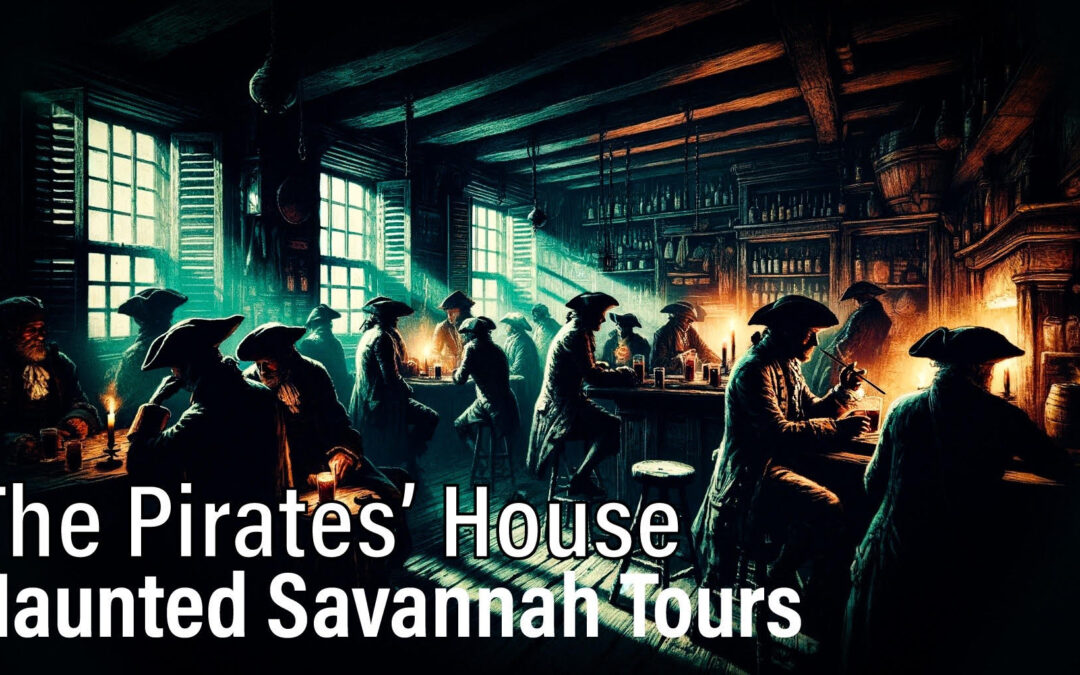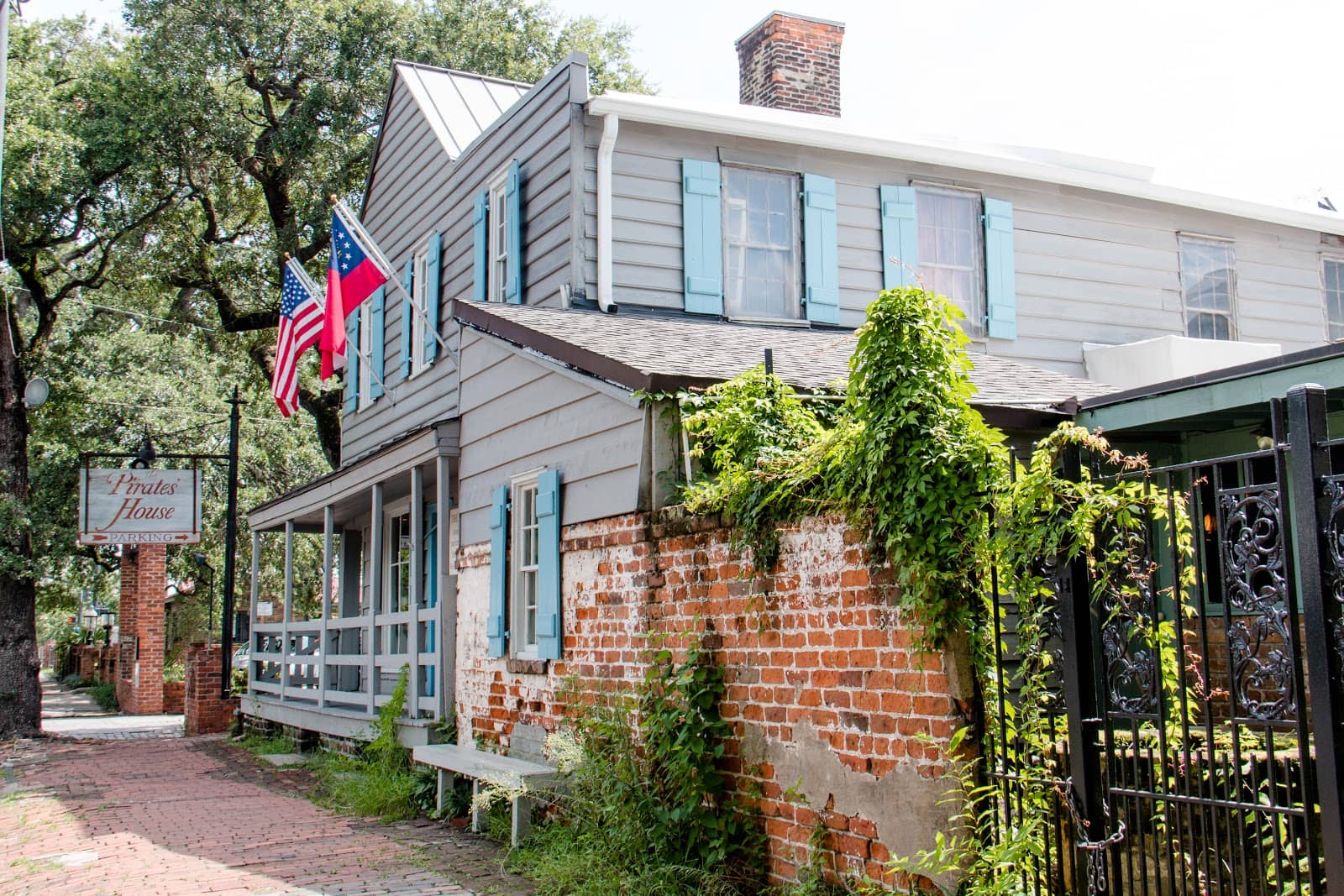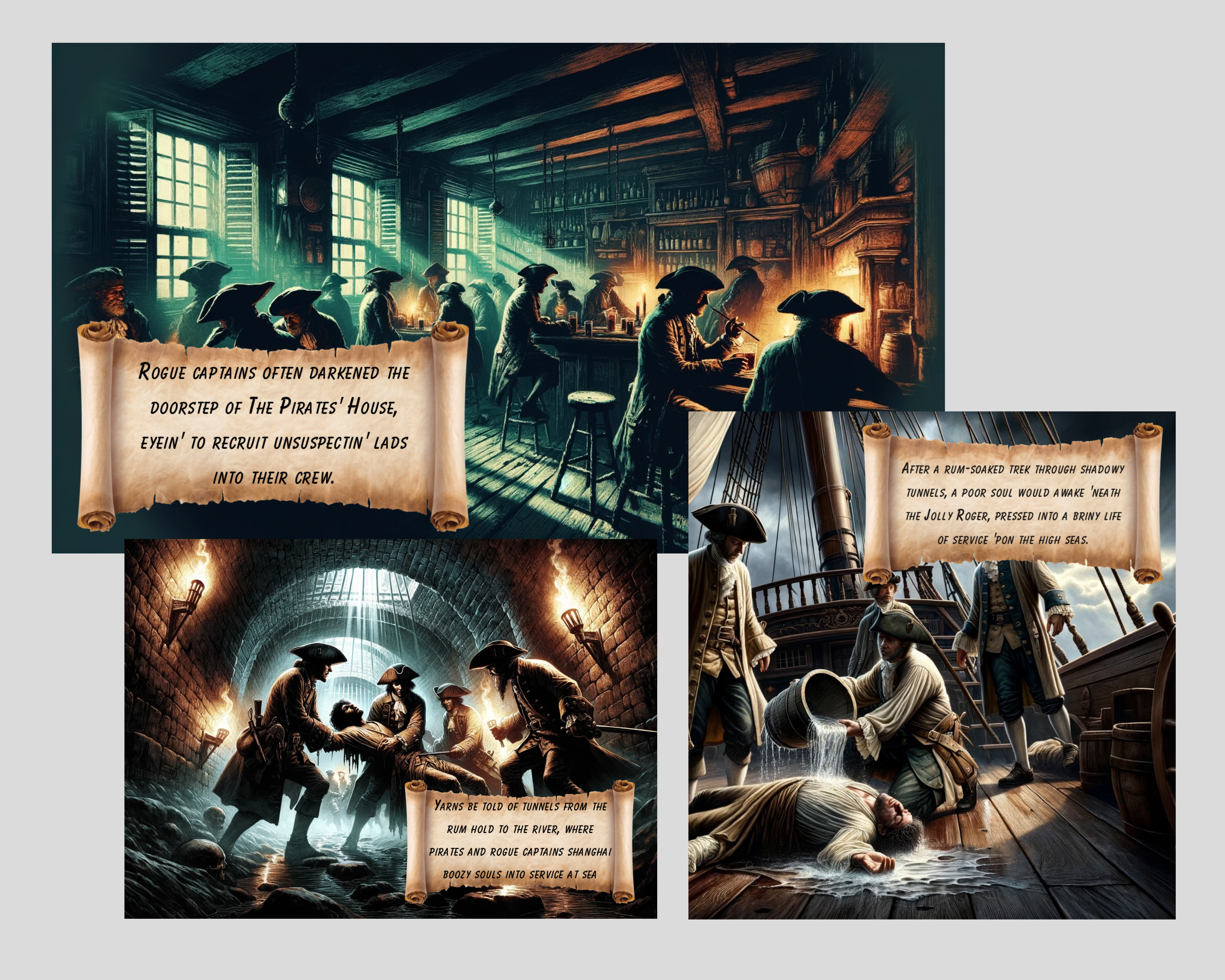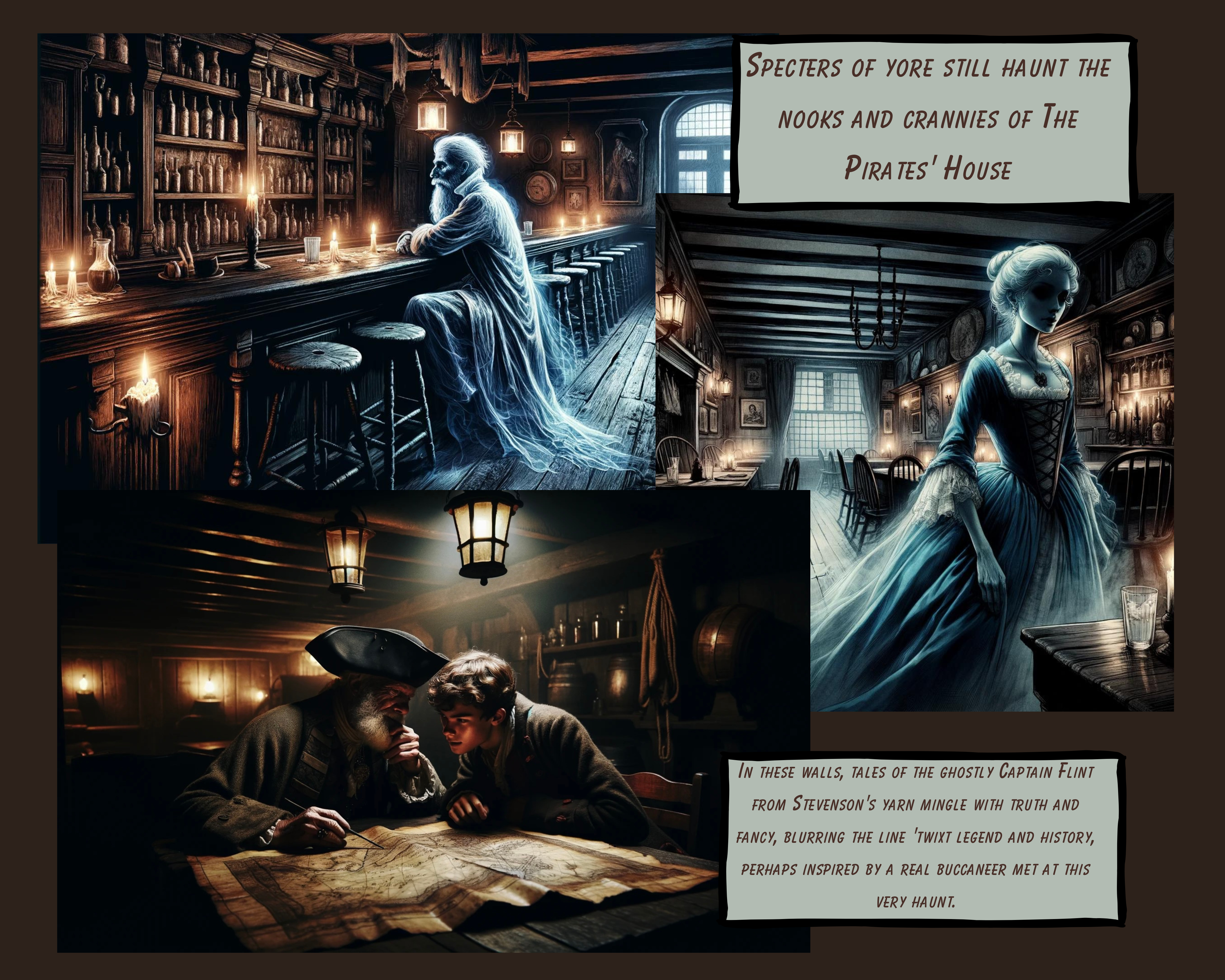Nestled in the heart of Savannah’s historic district, The Pirates’ House stands as a testament to the city’s rich and tumultuous past. This venerable establishment, now a popular restaurant, has witnessed centuries of history, from the early days of American experimentation in agriculture to its notorious reputation as a haunt for seafarers and, as some believe, the spirits of those who once frequented its rooms.
A Beginning with Botanical Roots
The story of The Pirates’ House begins in 1734, a year after James Oglethorpe founded Savannah. Originally serving as a gardener’s house for the Trustees’ Garden, America’s first experimental garden, this building soon morphed into an inn around 1753, catering to sailors as Savannah burgeoned into a bustling seaport.
From Maritime Museum to Dining Destination
After a period as a maritime museum, The Pirates’ House underwent a significant transformation in 1953, spearheaded by Herbert Smith Traub Jr. and James T. Casey. During renovations, a secret chamber was discovered beneath the house, its purpose lost to history. The building, having narrowly escaped demolition thanks to the efforts of Mrs. Mary Hillyer and local preservationists, was rejuvenated into the restaurant beloved by locals and tourists today.
A Seafaring Inn’s Darker Side
As the inn welcomed sailors from across the seven seas, it gained a reputation not just for hospitality but for danger. Stories abound of men being shanghaied through a rum cellar tunnel leading to the Savannah River, press-ganged into service on ships awaiting offshore. There are chilling tales of men kidnapped from the cellar, some never to emerge alive, and speaks of a mysterious little boy and a woman in an 18th-century blue dress haunting the premises, their origins as murky as the tunnels below.
The Spirits That Linger
The Pirates’ House’s ghostly reputation is as much a draw as its culinary offerings. Staff and patrons alike report unexplained phenomena: glasses and bottles hurled from shelves by unseen forces, shadowy figures wandering the dining rooms, and the eerie sound of footsteps echoing on wooden floors. Skeptics may doubt the ghostly explanations, but the tales persist, adding a layer of mystique to the dining experience.
Sorting Fact from Fiction
Among the spectral stories is the legend of Captain Flint, the notorious pirate from Robert Louis Stevenson’s “Treasure Island,” said to have died within these walls. Though Captain Flint is a work of fiction, his association with The Pirates’ House speaks to the blurred lines between history and legend that envelop this historic site. It is known that Robert Louis Stevenson spent some time in Savannah, and even mentions the Pirates’ House in ‘ Treasure Island’, could Captain Flint be based on a real Pirate he met there?
Today’s Pirate’s House
Located at 20 East Broad Street, The Pirates’ House continues to welcome guests with its unique blend of history, hospitality, and perhaps a hint of the supernatural. Whether you come for the food, the history, or the chance of a ghostly encounter, The Pirates’ House offers an experience as rich and complex as Savannah itself.
In this corner of Georgia, where the past and present intertwine, The Pirates’ House stands as a monument to Savannah’s enduring spirit, a place where stories of pirates and phantoms mingle with the laughter and conversations of today’s visitors. It’s a reminder that history, no matter how shadowy or uncertain, remains a vital part of our collective imagination, inviting us to explore, question, and perhaps even believe in the extraordinary.





